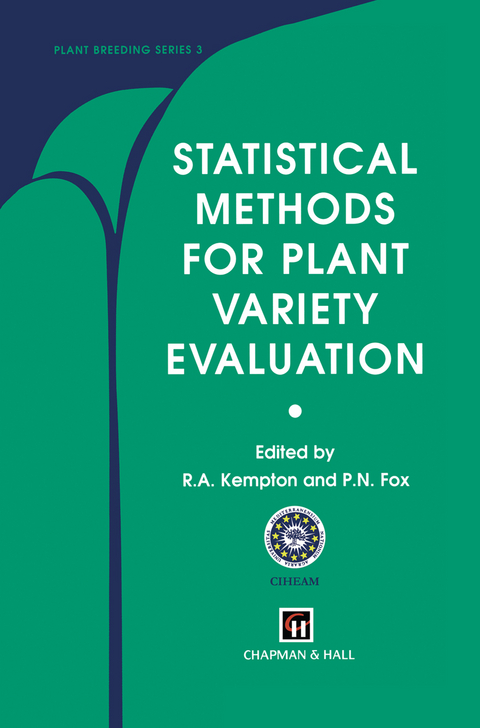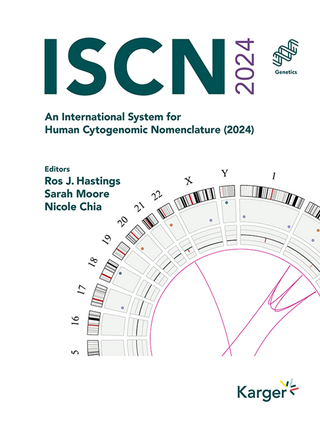
Statistical Methods for Plant Variety Evaluation
Chapman and Hall (Verlag)
978-0-412-54750-8 (ISBN)
1 Introduction.- 1.1 Change and challenges.- 1.2 Managing the information.- 1.3 Statistical design of the selection programme.- 1.4 Statistical models and prediction.- 1.5 Impact of genotype by environment interaction.- 1.6 Summary.- 1.7 Nomenclature.- 2 Field plot technique.- 2.1 Introduction.- 2.2 Terminology.- 2.3 Within-location variation.- 2.4 Inter-plot interference.- 2.5 The plot.- 2.6 Replication.- 2.7 Trial management.- 2.8 Trial layout.- 2.9 Data.- 2.10 Data collection.- 2.11 Data analysis.- 3 Data management and validation.- 3.1 Introduction.- 3.2 Data management.- 3.3 Validation of trial data.- 4 Design of plant breeding trials.- 4.1 Introduction.- 4.2 Experimental design concepts and model assumptions.- 4.3 Plots, replication, randomization, covariance.- 4.4 Blocking - control and adjustment.- 4.5 The construction of incomplete block designs.- 4.6 Precision.- 4.7 Multiple levels of information.- 4.8 Row and column designs.- 4.9 Trial designs for spatial analysis.- 4.10 Multilocation experiments.- 4.11 Additional factors.- 5 Spatial analysis.- 5.1 Why spatial analysis?.- 5.2 Spatial autocorrelation.- 5.3 Sample spatial correlations for uniformity trials.- 5.4 Models for the analysis of field trial data.- 5.5 Stationarity.- 5.6 One-dimensional spatial analysis.- 5.7 Estimation.- 5.8 Assessing model adequacy.- 5.9 Extension to two-dimensional spatial analysis.- 5.10 Example.- 5.11 Conclusion.- 6 Unreplicated trials.- 6.1 Introduction.- 6.2 Local control using check plots.- 6.3 Local control from blocking test plots.- 6.4 Local control by spatial analysis.- 6.5 Conclusions.- 7 Interference between plots.- 7.1 Introduction.- 7.2 Reducing interference through design.- 7.3 Modelling interference.- 7.4 Adjusting for interference.- 7.5 Summary.- 8 Multi-environmenttesting and genotype x environment interaction.- 8.1 What is genotype x environment interaction?.- 8.2 Implications for breeding programmes.- 8.3 Univariate data analysis and exploration of genotype performance.- 8.4 Multivariate exploration of relationships among environments and among genotypes.- 8.5 Information extraction versus computational complexity.- 9 Analysis of series of variety trials.- 9.1 Introduction.- 9.2 Notation and terminology.- 9.3 FITCON and REML.- 9.4 Analysis of Immer’s balanced series.- 9.5 Method of direct differences.- 9.6 Incomplete tables and the adjustment of variety means.- 9.7 An incomplete three-way table.- 9.8 Other models.- 10 Resource allocation for selection systems.- 10.1 Introduction.- 10.2 Variation in trials system.- 10.3 Precision of genotype means.- 10.4 Criteria for assessing the efficiency of the programme.- 10.5 Other issues in resource allocation.- 10.6 Conclusions.- References.
...an interesting value to teachers and graduate students concerned with agronomy, plant breeding and selection. - Biochemical Systemics and Ecology
| Reihe/Serie | Plant Breeding |
|---|---|
| Zusatzinfo | XII, 192 p. |
| Verlagsort | London |
| Sprache | englisch |
| Maße | 155 x 235 mm |
| Themenwelt | Studium ► 2. Studienabschnitt (Klinik) ► Humangenetik |
| Naturwissenschaften ► Biologie ► Botanik | |
| ISBN-10 | 0-412-54750-3 / 0412547503 |
| ISBN-13 | 978-0-412-54750-8 / 9780412547508 |
| Zustand | Neuware |
| Informationen gemäß Produktsicherheitsverordnung (GPSR) | |
| Haben Sie eine Frage zum Produkt? |
aus dem Bereich


